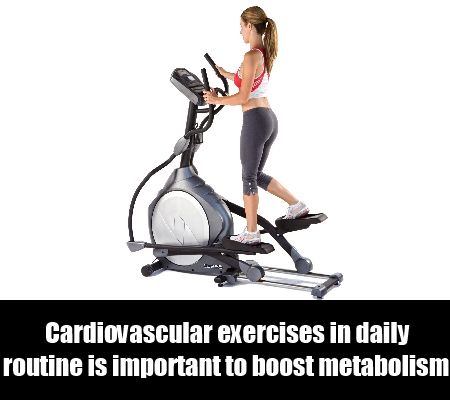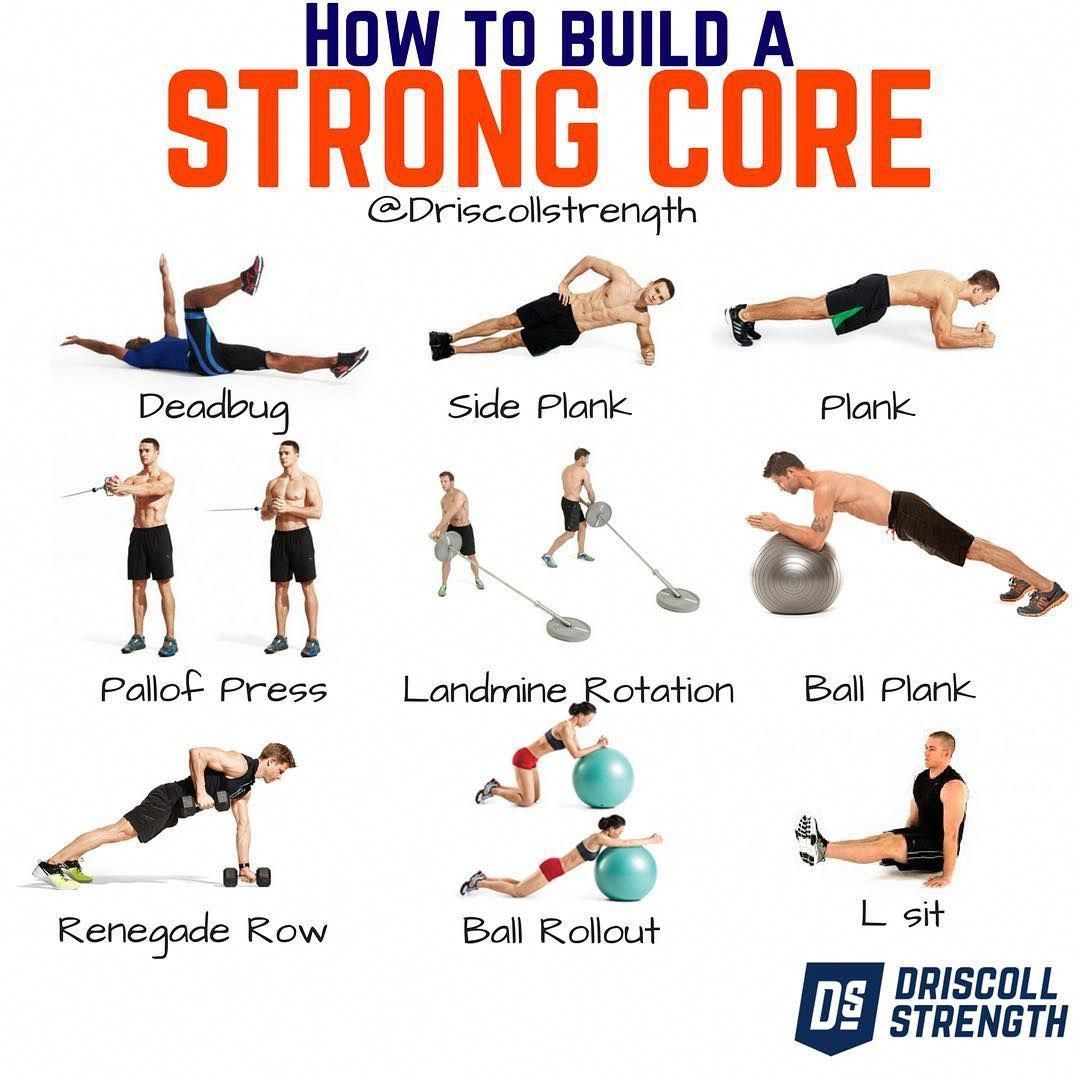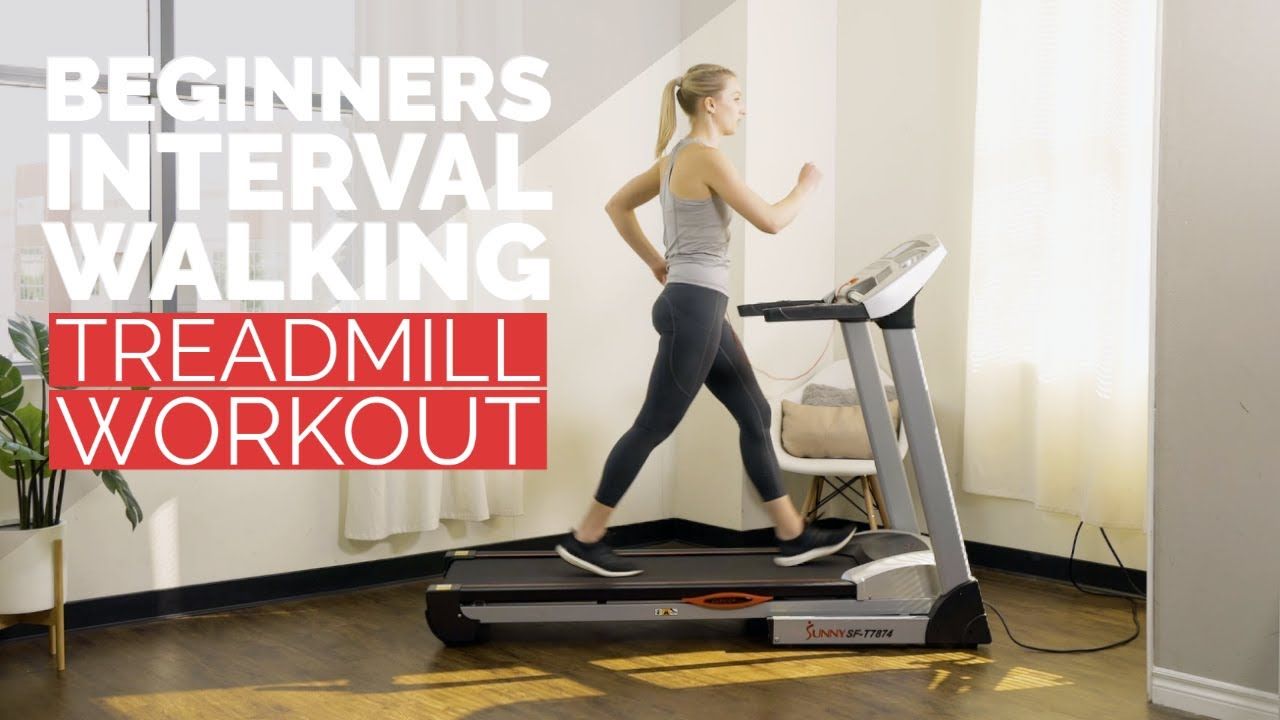
Boosting Your Metabolism with Cardio Workouts
admin
- 0
Cardiovascular exercise, commonly known as cardio, is an essential component of any fitness routine. Not only does it contribute to weight loss and overall physical fitness, but it is also a great way to boost your metabolism. In this article, we will explore the various ways in which cardio workouts can help accelerate your metabolism and improve your overall health.
What is Metabolism?
Before diving into how cardio workouts can boost your metabolism, let’s first understand what metabolism is. Metabolism refers to all the chemical processes that occur within our bodies to maintain life. It encompasses the conversion of food into energy, the utilization of nutrients, and the elimination of waste products.
Metabolism is a complex process that is influenced by various factors, including genetics, age, body composition, and physical activity level. While some individuals naturally have a faster metabolism, others may have a slower one. Fortunately, engaging in regular cardio workouts can help in speeding up your metabolic rate.
How Cardio Workouts Boost Metabolism
Cardio exercises involve the continuous movement of large muscle groups, such as those in your legs and arms. These dynamic movements force your body to work harder and burn more calories during and after your workout. Here are some ways cardio workouts can boost your metabolism:
Increased Caloric Expenditure
Cardio workouts, such as running, cycling, or swimming, require significant energy expenditure. The longer and more intense your cardio session, the more calories you burn. Regular cardio exercise, when combined with a balanced diet, helps create a calorie deficit, leading to weight loss.
Improved Muscle Mass
Engaging in cardio exercises can help build and maintain lean muscle mass. Unlike fat, muscle is metabolically active, meaning it burns more calories even at rest. Therefore, increasing your muscle mass through cardio workouts can lead to a higher resting metabolic rate, resulting in increased calorie burning throughout the day.
Elevated Post-Exercise Oxygen Consumption
A cardio workout can significantly increase your body’s oxygen consumption during and after the exercise session. This phenomenon is known as excess post-exercise oxygen consumption (EPOC), commonly referred to as the “afterburn effect.” During EPOC, the body works to restore oxygen levels and rebuild energy stores, burning additional calories in the process.
Effective Cardio Workouts for Boosting Metabolism
Not all cardio workouts are created equal when it comes to maximizing your metabolic rate. Here are a few effective forms of cardio exercise that can help boost your metabolism:
High-Intensity Interval Training (HIIT)
HIIT involves short bursts of intense exercise followed by brief recovery periods. This type of training is highly effective in burning calories, raising your heart rate, and boosting your metabolism. HIIT workouts can be done with various exercises such as sprinting, jumping jacks, or cycling.
Interval Training
Similar to HIIT, interval training involves alternating between periods of high-intensity exercise and lower-intensity recovery periods. Interval training is effective in improving cardiovascular fitness and increasing metabolism. Examples of interval training workouts include circuit training, Tabata training, or hill sprints.
Steady-State Cardio
Steady-state cardio refers to sustained aerobic exercise performed at a moderate intensity. This could include activities such as jogging, brisk walking, or swimming. While not as intense as HIIT or interval training, steady-state cardio can still improve your cardiovascular health and contribute to an increased metabolic rate.
Conclusion
A regular cardio workout routine can have numerous benefits beyond just burning calories. By engaging in cardio exercises, you can boost your metabolism, increase your energy expenditure, and promote overall weight loss. Incorporate different forms of cardio workouts into your fitness regimen to ensure a well-rounded approach to improving your metabolic rate. Remember to consult with a healthcare professional or fitness expert to determine the appropriate intensity and duration for your specific needs and fitness level.

